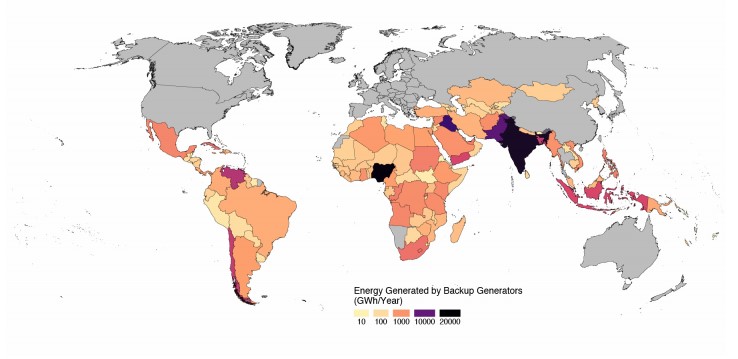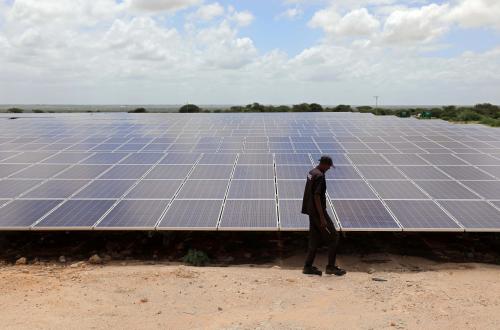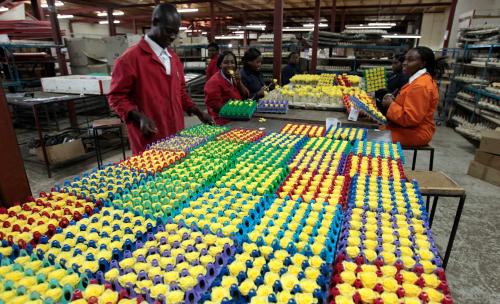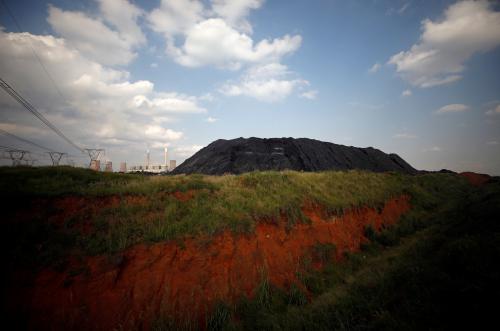Last month, the International Finance Corporation released the report, The Dirty Footprint of the Broken Grid: The Impacts of Fossil Fuel Back-up Generators in Developing Countries, mapping global generator use and its costs. Sub-Saharan Africa is a major focus of the report as it has the highest share of electricity output from generators in the world, at 9 percent of annual electricity consumption, far higher than second-place South Asia’s 2 percent.
Notably, the report also estimates the global back-up generator fleet at 450 gigawatts (GWs) with about 25 percent, or 135 GWs, in sub-Saharan Africa. The global generator fleet is equivalent to 700-1000 large coal power stations. The regional back-up generator fleet is about twice the installed grid capacity excluding South Africa.
According to estimates, 6.5 million generators are deployed in sub-Saharan Africa, with about 3 million in Nigeria alone. Unsurprisingly then, as Figure 1 shows, Nigeria has the highest total electricity generated by back-up generators in sub-Saharan Africa. Consequently, as a region, West Africa has the highest share of power generated from back-up generators at 40 percent of annual consumption—four times the share of back-up generators in East Africa. Overall, spending on generator fuel in West Africa is about the same as expenditures on grid electricity, highlighting the high dependence on back-up power.
Figure 1: Energy generation by back-up generators across all modeled countries

Globally, 75 percent of back-up generators are deployed in grid-connected areas indicating that the high incidence of weak and unreliable grids is a driver of generator deployment. Broadly, the report finds that back-up generators are expensive to operate, contribute to global environmental emissions, and can have significant impact on local air quality in urban areas. The report recommends focusing on strategies to replace back-up generators with clean energy alternatives, which are increasingly competitive in many countries due to cost reductions in recent years.










Commentary
Figure of the week: Deployment and use of back-up generators in sub-Saharan Africa
October 2, 2019